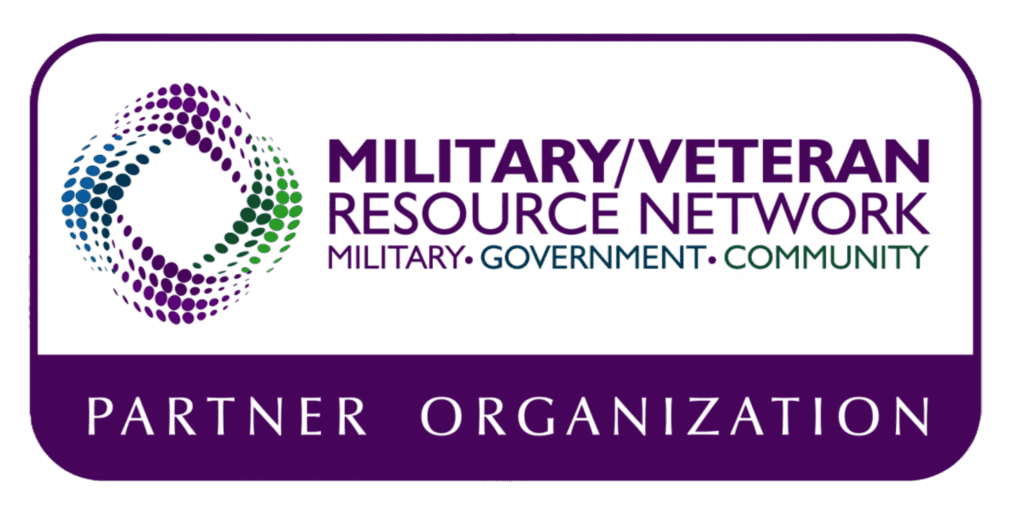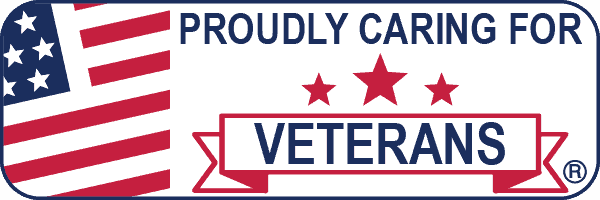Every year since its inception in 1987, April has been celebrated as Alcohol Awareness Month in the United States. The purpose of this special month is to bring public awareness and understanding of the problem of alcoholism and the many issues related to it.
Alcohol Awareness Month: A Brief History
Organized by the National Council on Alcoholism and Drug Dependence (NCADD) as a public health program, Alcohol Awareness Month was originally started as a way to educate college students of the dangers of drinking too much. The idea was to provide help in the communities by getting messages out to the public that would end the stigma surrounding alcohol abuse and addiction. By providing answers and increasing general awareness of alcoholism, it was hoped that more people and families would go for the help they needed.
Alcohol Awareness Month grew to become a national movement that continued to focus on drawing attention to all aspects of alcoholism including:
- Causes and effects of excessive drinking
- Ways to help individuals and families deal with drinking problems
- How communities could help bring awareness and assistance to those with alcohol disorders
- Finding ways to dispel stereotypes and myths of an alcoholic by dispersing factual information
In the early part of 2018, The National Council on Alcoholism and Drug Dependence merged with Facing Addiction and is now called Facing Addiction with NCADD. The organization is now committed to finding a solution to the problem of addiction and helping all those impacted by a substance use disorder.
How to Help Spread Awareness
Here are a few ideas on how you can help spread alcohol awareness.
- Write a short article on Alcohol Awareness Month if you have access to a church, club, school, or workplace newsletter.
- Post information on your social media accounts using the hashtag #AlcoholAwarenessMonth to help increase awareness.
- Encourage your loved ones to keep track of how much alcohol they drink. This will help them become aware of their habits and maybe decide to limit the amount of alcohol they consume.
- Talk to your children about alcohol abuse and encourage other parents to discuss it with their children.
- Give back to your community by donating your time to an organization such as Partnership for Drug-Free Kids or any other organization you feel connected to.
- Spread awareness by sharing your personal story.
Alcoholism: Facts and Statistics
To fully understand how important it is to bring awareness to the dangers of excessive drinking, take a look at the following statistics and facts reported by the National Institute of Alcohol Abuse and Alcoholism from the results of a 2018 National Survey on Drug Use and Health (NSDUH).
- 14.4 million, or 5.8 percent, of adults aged 18 and older had an Alcohol Use Disorder in 2018. Approximately 7.9 percent of those adults received treatment.
- 401,000, or 1.6 percent, of adolescents from 12-17 years old had an Alcohol Use Disorder in 2018. About 5.0 percent of these adolescents received treatment.
- It is estimated that in the United States, 88,000 people (approximately 26,000 women and 62,000 men) die every year from causes that are alcohol-related, making it the third leading cause of death that is preventable.
- In 2012, more than 10 percent of children in the United States lived with a parent that had a problem with alcohol.
- Among full-time college students, it is estimated that 20 percent meet the criteria for Alcohol Use Disorder.
- Among full-time college students aged 18-22, 54.9 percent drank in the month prior to the survey, 36.9 reported binge drinking, and 9.6 percent reported heavy alcohol use.
What is Alcohol Use Disorder?
When excessive drinking becomes severe, it is diagnosed medically as Alcohol Use Disorder (AUD). It is a relapsing, chronic brain disease where the individual is unable to control their drinking. In addition to uncontrollable alcohol use, people with AUD become preoccupied with drinking and will continue to use alcohol regardless of the problems it causes. In order to attain the desired high, alcohol amounts are increased, and the person drinks more often. If they try to drink less or stop drinking completely, they will experience withdrawal symptoms.
To be diagnosed with AUD, individuals must meet two of the 11 criteria within a one year period that are outlined in the Diagnostic and Statistical Manual of Mental Disorders. Depending on the number of criteria met, the severity of the alcohol use disorder diagnosis can be severe, moderate, or mild. Take a look at the DSM-5 list of the criteria used to assess Alcohol Use Disorder that is provided by the National Institute on Alcohol Abuse and Alcoholism.
If You Need Help
If you or a loved one have two or more of the symptoms of alcohol use disorder on the list, there is cause for concern. At Canyon Vista Recovery Center in Mesa, Arizona, our trained professionals will answer your questions and help you begin your journey toward recovery.











